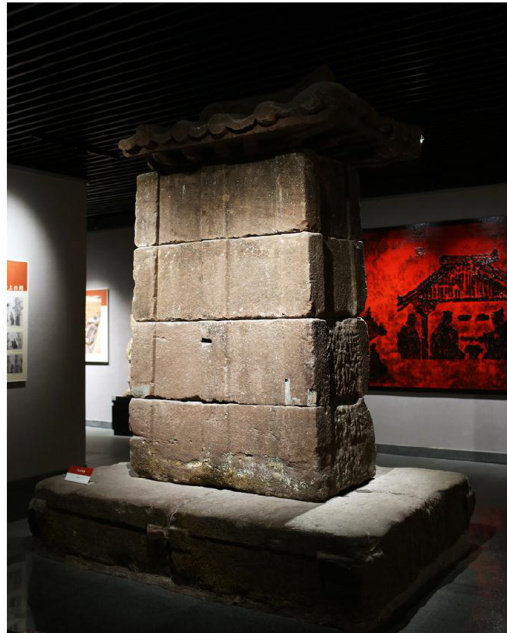汉代石阙的保护问题
——以川渝三地汉阙的保护为例


打开文本图片集
中图分类号:K879.1;K234 文献标志码:ADOI:10.19490/j.cnki.issn2096-698X.2025.04.003-015
Conservation Issues of Han Dynasty Stone Que - Three Exemplary Sites in the Sichuan-Chongqing Region
Abstract: Han dynasty stone que serves as spatial markers and representative architectural forms of the Qin-Han period, representing the pinnacle of Han pictorial relief carving techniques, holding significant historical and artistic value. As immovable stone cultural relics,though more durable than wooden structures, they have endured centuries of natural erosion and anthropogenic damage. This necessitates the construction of protective shelters to improve their conservation environment, alongside implementing structural conservation projects to address existing deterioration caused by outdoor exposure. Three representative cases in Sichuan-Chongqing region demonstrate distinct preservation conditions and conservation approaches: the Ya' an Gao Yi Que with essentially intact tomb-que elements, the Mianyang Yang Fujun Que featuring well-preserved twin que structures,and the Zhongxian Dingfang Que with Wu Ming Que with relatively well preserved twin ques or one of the twin que. These exemplify three conservation paradigms: systematic in-situ preservation of que complexes with their tombs,enhanced in-situ protection of que structures,and relocation conservation. Examining these cases provides summary of universal conservation experiences and lessons for Han dynasty stone que.
Keywords: Han dynasty;stone que;stone cultural heritage;ancient architecture;conservation
汉代石阙因其本身就是中国古代建筑的类型之一,阙身还有仿木构建筑的雕刻和生动的画像,很早就引起了考古学家、建筑学家和艺术史家的注意。(剩余13320字)